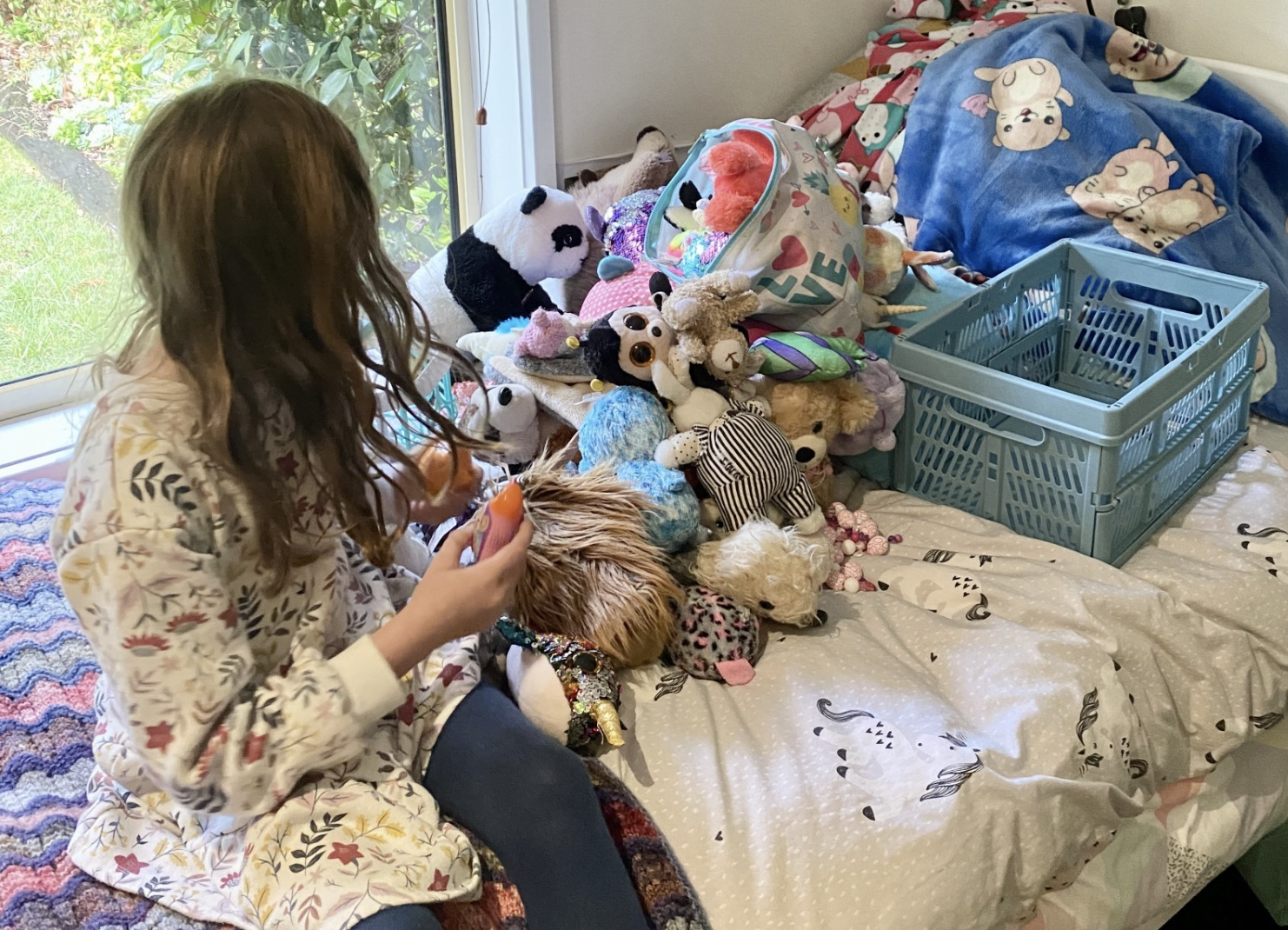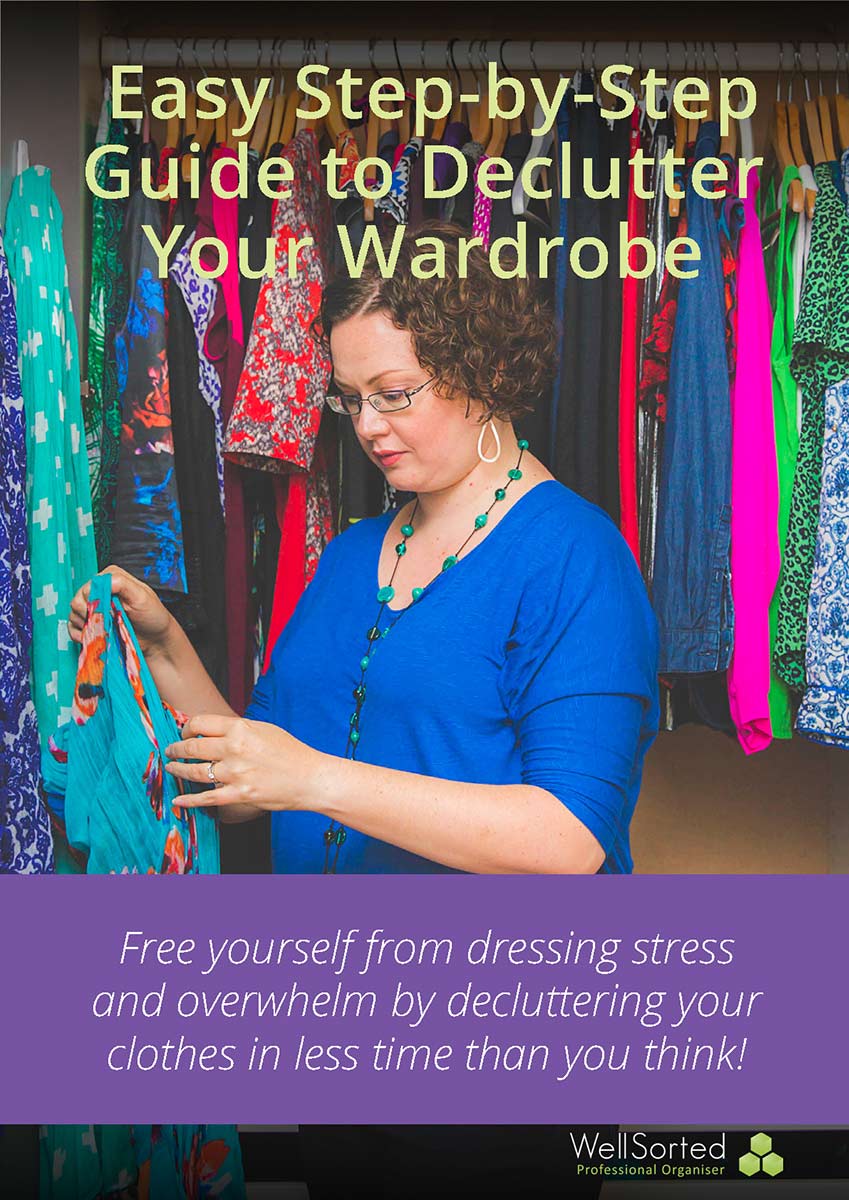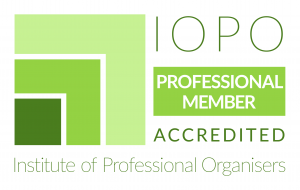There are a lot of blogs on the WellSorted website relating to decluttering toys and artwork for your kids. This post covers the one big mistake lots of parents make when helping their kids declutter. Once you know if you’re doing this, it’s easy to spot and make a little shift in your response to it. The result often means, less stuff being kept and building your kids’ confidence in decision making.
Often when I’m working with a child and their parent(s), I’ll hear a similar dialogue. I ask the child if they want a toy, they say no, and then mum or dad will say “oh no, you can’t get rid of that because…. Aunty Jo gave you that… that’s precious…you’ve had that since you were one…. I remember you playing with that when you were three, you loved it… it cost a fortune”. For the purposes of this example, I’m just a fly on the wall, rather than an Organiser hired to help.
We continue on, and the child gets asked several more times, and there are more responses from mum and dad in the same vein. A few minutes later, when asked about another item, the kid starts saying “I don’t know, ask mum/dad”. It looks like they’ve lost interest in the process.
The one big mistake
I’m not sure if you’ve spotted the mistake within the example. It’s a common ‘mistake’. The mistake is over-riding your child’s decision to let it go. All of the ‘no buts’ tells our child ‘no that’s the wrong decision’. Children want to please their parents, so they will end up second guessing what the ‘right’ answer is. Generally, our ‘No but’ is a shortcut way to teach our child what is valuable. Often, we skip the reasoning behind it to save time.
Something else to consider here is if this value is relevant to them. Sometimes we expect our children to value the same things as us. We might be really sentimental and want to keep that teddy from Aunty Jo. Your child may not.
How can you change the dynamic?
I’ve brought up this example to get you thinking about what you want and value. Be mindful of how it changes your child’s response to the decluttering process. When you intend to clean up your kids’ room, begin by being clear on your objective and communicate that to the child. Depending on the age of your child, and their ability to make decisions, you may negotiate an outcome together. Keeping in mind your idea of clean, and their idea of clean and uncluttered is different. It’s ok, to have different views on that. You may have boundaries or limits that you want them to work towards and just be clear on that. Starting with this joint objective is useful.
Then, as you work through the items, discussing what stays and goes, allow and encourage them to let go of what they are happy to let go of. If you are uncomfortable with them getting rid of something, then keep it for yourself. This might go in your memory box if it’s of sentimental value, or you may choose to display it in your space. The importance here is to let them make the decision, respect it, and get the items out of their space.
Decision-making together
On occasion you may feel like a child is letting go of items you know they will regret. If this is the case, then you could store it in the garage for a month. If they haven’t asked for it, you might feel more comfortable letting it go then. Or, you have an open discussion about your concerns. Like “oh I’m surprised you want to get rid of that, you were only playing with it last week, are you sure you’re ok with letting that go, once it’s gone, I can’t get it back”. Then listen openly to the response. When they are really young, they may not have the concept of ‘gone’ so, in this instance you may choose to garage it for a period of time to make sure they understand that decision.
In the example, often I would mention to the parent before starting this common situation and ask them to be mindful of the objections. We frame it differently as they present in the session. I might say ‘mum has great memories of you with that bunny, can mum keep it in her memory box?’ At the end of the session, if the child has let go of lots of things, the parent and I will assess what is for charity, what is for storage and what is for the memory box.
Allowing your child the freedom to make these decisions, builds their confidence in decision-making. If they regret some of those decisions, that is an important lesson in itself.
Being mindful of what your objectives and values is key to any decluttering session. If you found this useful, you might find the WellSorted Home Course a useful tool for you.







